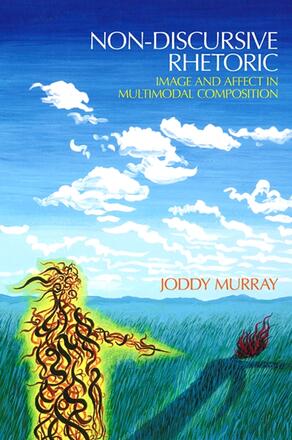
Non-discursive Rhetoric
Image and Affect in Multimodal Composition
Alternative formats available from:
Examines the role of image and affect in teaching with new digital technologies and multimedia composition.
Description
Technological advances have the potential to create new languages unlike printed or spoken words. The increased textual complexity generated by sophisticated graphics, photos, hypermedia, film, typography, and other modes of expression requires a theory of language and symbolization that accommodates emotion, ambiguity, simultaneity, and layers of dynamic meaning. In Non-discursive Rhetoric, Joddy Murray uses concepts from philosophy, rhetorical theory, and recent advances in neuroscience to develop a model of composing that connects contemporary writing practices, technology, and image functions within the mind. The theory and classroom practices presented here provide tools for writing teachers to help students compose various hybridized, multimodal texts. Murray highlights the significance for student composition of the relationships among emotions, images, and argumentation, and demonstrates the importance of considering the rhetorical dimensions of design choices in multimodal composition.
Joddy Murray is Associate Professor of Rhetoric and New Media at Texas Christian University.
Reviews
"Contributing significantly to the literature on composition studies … Murray explains what many teachers of rhetoric may not yet have considered. " — CHOICE